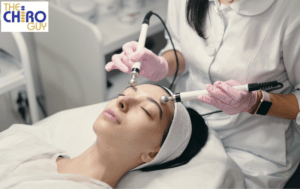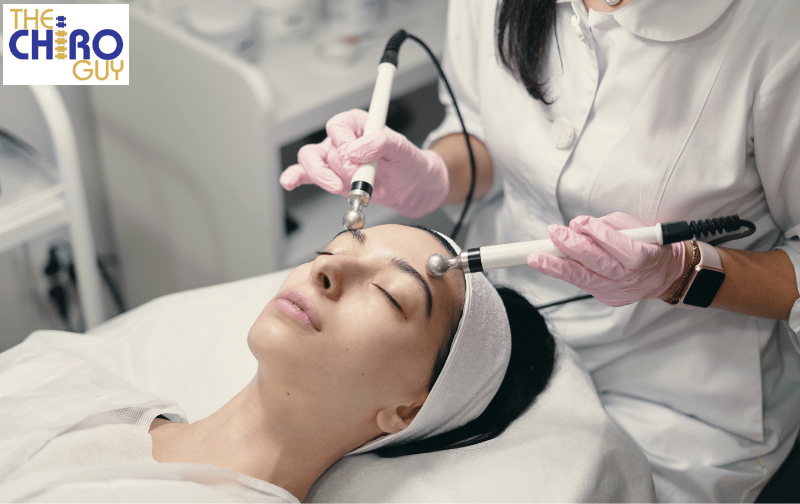
What Is Cryotherapy Used To Treat?
Cryotherapy is a medical practice used for centuries in various countries worldwide. It involves the application of cold temperatures to help treat a variety of medical

Cryotherapy is a medical practice used for centuries in various countries worldwide. It involves the application of cold temperatures to help treat a variety of medical conditions and illnesses. In recent years, cryotherapy has become more popular in improving cosmetic dentistry. This article will explore cryotherapy and how it can be used to treat cosmetic dentistry.
Cryotherapy is an ancient healing technique that utilizes freezing temperatures applied directly to affected body areas. The temperatures usually range from -90°C (-130°F) to -120°C (-184°F). The practice has been used for centuries in various cultures, traditionally for pain relief and inflammation. Recently it has become famous for cosmetic purposes as well. When applied to the skin, cryotherapy can effectively reduce inflammation, decrease pain levels, and improve blood flow. It can also help treat certain skin diseases such as psoriasis and eczema.
Cryotherapy is increasingly used in dental treatments such as teeth whitening, gum reshaping, and even root canal therapy. Cold therapy helps reduce swelling and discomfort while making the patient look better by treating dental problems like discoloration or cracking. For example, in teeth whitening treatments, cold temperatures help open up pores on the enamel surface so that bleaching agents can penetrate deeper into the teeth and make them appear brighter. Cold therapy can also be used after root canal treatments or gum reshaping procedures as it helps reduce swelling, control bleeding, and improve healing time.
There are several benefits associated with using cold therapy in cosmetic dentistry procedures:
Cold temperatures help reduce inflammation by constricting blood vessels and reducing swelling around affected areas like gums and teeth roots during extractions or root canal treatments.
By numbing nerve endings with cold temperatures, patients report less pain during dental treatments than those who don’t receive cold therapy before their procedure begins.
Atopic dermatitis is a chronic inflammatory skin disease characterized by dry and itchy skin. Cryotherapy can increase antioxidant levels in the blood while decreasing inflammation. Another study examined its effect on acne by focusing on the sebaceous glands. It stands to reason that both localized and whole-body cryotherapy can help treat atopic dermatitis.
Whole-body cryotherapy uses ultra-cold temperatures that can cause physiological hormonal responses. Adrenaline, noradrenaline, and endorphins are all released. This can help people suffering from mood disorders like anxiety and depression. One study discovered that whole-body cryotherapy was effective in the short term.
Patients can get a fresher look with cryotherapy. It helps remove discoloration or cracks on the surface of teeth easily without much effort from other treatments like veneers or tooth bleaching agents, which may take weeks before seeing results.
A: A cryotherapy is commonly used in tooth whitening procedures and gum reshaping services such as periodontal surgery or bridgework restorations. However, root canal treatments are also sometimes treated with cold therapy too, depending on what your dentist recommends based on your specific needs.
A: You will most likely see immediate results right after your treatment. However, different patients may experience different effects depending on how severe their condition was before treatment began causing some people to require more than one session before seeing results.
A: Like any medical procedure, there are potential risks associated with using cold therapy, including tissue damage due to excessive freezing. This risk is minimized when you receive professional care from a certified dentist who understands the treatment so that no harm comes to your mouth or gums during treatment sessions!

Cryotherapy is a medical practice used for centuries in various countries worldwide. It involves the application of cold temperatures to help treat a variety of medical
Call 323.939.9039 or click below to schedule an appointment.